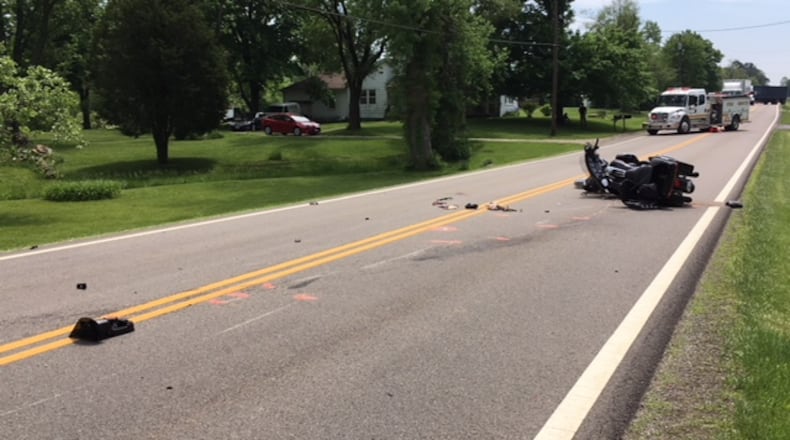The Naval Safety Command reported that 30 sailors and 15 Marines died while riding motorcycles off duty. The Army reported 28 deaths, and the Air Force reported 11.
California, Virginia and Florida topped the Navy’s list of fatal accident sites. However, crashes occurred in more than 20 states, as well as Japan, South Korea, Guam, Spain, Italy and Bahrain.
The 45 motorcycle deaths were the most reported by the Navy since 2008, according to the Pentagon. The Navy reported 28 deaths in 2024.
The Navy’s increase reflects a trend among motorcyclists, civilian and military, in the U.S. Fatal crashes rose 38% to 6,335 in 2023 — the last full year for which statistics are available, according to the National Safety Council.
Safety advocates attribute the rise in motorcycle crashes nationally to increased travel following the COVID-19 pandemic, which was marked by the World Health Organization’s lifting of its 1,221-day pandemic emergency declaration in March 2023.
More than 75 active-duty service members have been killed in motorcycle crashes for the third consecutive year. Before 2023, those deaths had been in decline following the 118 reported in 2008.
Navy leaders say they aren’t sure why fatalities have shot up, according to the monthly official “Rider Down” newsletter.
Among factors cited by the Navy are lack of personal protective gear, such as helmets and gloves, training in how to drive in groups and in heavy traffic and knowing how to maneuver to avoid collisions.
The U.S. military’s demographics — a group including more young males than the civilian population — may explain higher fatality rates. While 8% of Americans ride motorcycles, the Pentagon estimates military ridership at 16%.
The largest number of fatal motorcycle accidents involve high-speed sport racing motorcycles, which many safety officials say are too challenging for novice riders who learned to ride on less powerful machines.
“It really is like trading in your Dodge Minivan for a Ferrari,” Marine Corps Lt. Col. Mike Miller, director of the Ground Safety Branch of the Marine Corps Safety Division in Washington, D.C., said in a statement earlier this year.
When involved in a crash, a motorcyclist — civilian or military — is 27 times more likely to die than a driver of an automobile. The figure is noted by both the Pentagon and the National Safety Council.
Navy Secretary John Phelan announced in April that the service was moving toward a steep climb in total deaths, after 28 recorded fatalities in the first six months of fiscal 2025.
“We face a sobering reality,” Phelan said. “This trend is unacceptable and demands immediate action to prevent further loss.”
After a spike in deaths in 2008, the Pentagon instituted an aggressive program of driving rules and mandatory classes that was credited with lowering the death count.
The Navy launched a program this year to increase mandatory risk management training and require commanders to identify sailors and Marines who ride motorcycles. Group safety rides are organized to bring together experienced and inexperienced riders. Each Navy and Marine command must have a motorcycle safety representative to answer questions and to ensure that unsafe practices aren’t occurring within units.
The Navy is taking additional steps to reverse the trend of fatal crashes. Beginning Oct.1, all motorcycle riders — both owners and users — will be required to register with their local command to ensure they meet safety standards and attend educational courses.
The Navy has tied motorcycle safety to military preparedness, telling riders to “Ride right. Stay in the fight.” The service reminded sailors in April to intervene if they observed unsafe riding or riders without proper qualifications.
“You are responsible for the safety and well-being of your shipmates,” The Navy said in an official Facebook post.
About the Author
